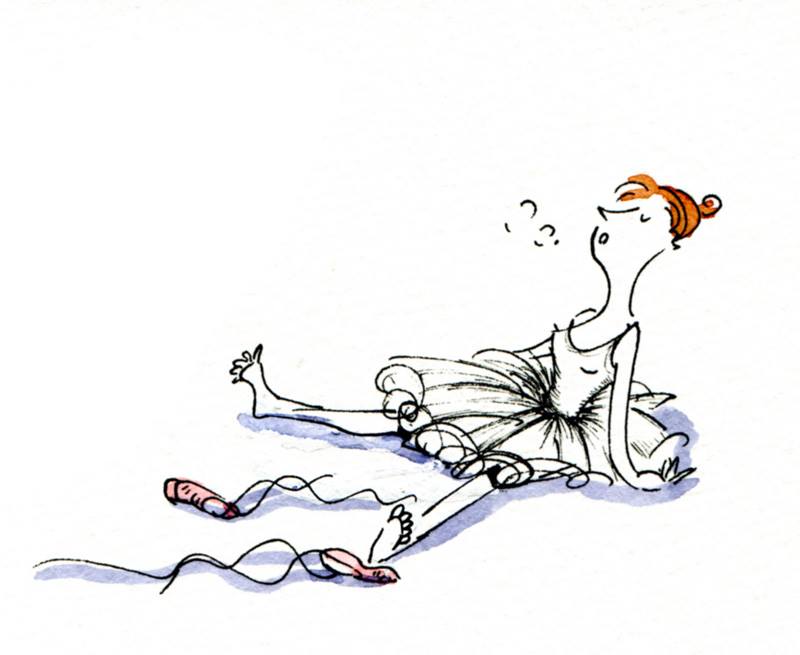
January 22, 2014, by Yvonne Teoh
Of Memory, Dance and How Visualization Helps
Dance, although it appears easy and seamless as a dancer glides or bounces across the stage so effortlessly, it is physically and cognitively demanding. Regardless of the type of dance, may it be ballroom or breakdance, jazz or ballet…all these movements require different levels of such demands.
What goes into creating movements in a routine are these basic building blocks such as timing, you must know how to keep time and count the beats in order to place each movements into the beats of the rhythm; choreographic phrases to remember and know which emotions you would want to express these movements. Otherwise the routine would look rather mechanical like a stiff carrot dancing. And as you execute a movement, you would also need to be aware of your body alignment as you shift your body weight from movement to another.
Remembering the steps in a dance routine is one thing, but executing the movement and making them fluid and seamless is effortful. As your working memory actively retrieves steps (from your long term memory) it also pieces them together to create a phrase before you create a fluid seamless motion.
A recent journal by Edward Warburton and colleagues (2013) investigated the cognition that goes into dance. They found dancers were able to perform complex moves if they had walk through and encode the movements or steps using cues, or more commonly known among dancers as “marking”. Dancers who had the opportunity to visualize their routines first before rehearsing them full out were found to perform better than those who did not. These findings were published in Psychological Science. The authors suggested “marking” can alleviate the conflict between physical and cognitive aspects of dance practice.
The idea here is simple, as you learn a new routine, it helps to break them down to basic steps and slowly build your way up in order to master and perfect the routine. This strategy is helpful because by reducing your cognitive load, you are then able to allocate more attention on the essentials. This is the same as visualizing and this enables for more elaborative encoding which will then lead to better performance. This tactic is not exclusively used by dancers alone. Elite athletes do some form of “marking” by visualizing as part of their training that gives them the competitive edge to perform better.
We all incorporate some form of “marking” in our daily routine, especially if it is something new that we’re attempting for the first time. For example, learning to drive or mastering SPSS statistics. You would mutter using your own language as you talk yourself through the steps rather than speaking out loud while constructing grammatically correct sentences as instructions for yourself. By reducing the workload in your working memory, it helps to conserve some mental energy and you can then stay focus on the essential main steps.
Reference:
- Warburton, E. C., Wilson, M., Lynch, M., & Cuykendall, S. (2013). The cognitive benefits of movement reduction: evidence from dance marking. Psychological Science, 1732 – 1739 (24). doi: 10.1177/0956797613478824 http://pss.sagepub.com/content/24/9/1732
Poh Wei Lin
(PhD Student, School of Psychology, UNMC)
-
Post a comment
